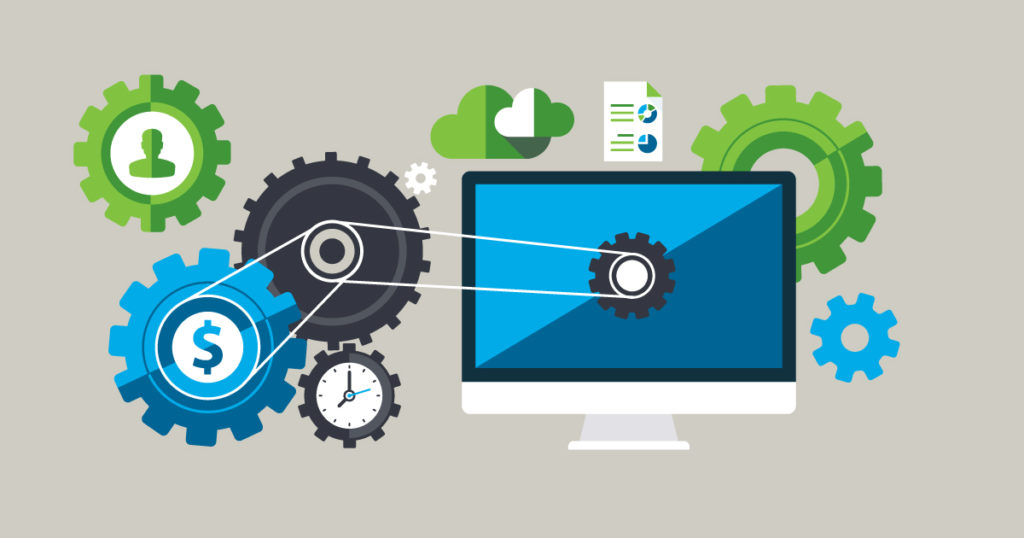You’ve been working hard the past few years and if you’re reading this, you’re probably itching to get out and start something of your own. If you’re tired of the 9-5 lifestyle transitioning into a solopreneur might just be the first move for you in 2020.
But first, let’s get clarification on the difference between being a solopreneur vs an entrepreneur since they are quite similar.
A solopreneur is someone who turns themselves into a brand to market and sell their products/services. These can be physical products or service-based solutions based on your knowledge set. What makes a them different from an entrepreneur is that solopreneurs don’t initially intend to create a company which will eventually have employees.
Quick note: Most successful solopreneurs do make the transition to entrepreneur, it’s inevitable if you intend to grow and produce value at scale.
For the sake of today’s topic, we are going to focus on how you can go from 9-5er to solopreneur. We’ll cover the next transition at a later date.
Step 0: The right mentality.

Yes, there is a step before 1, and it’s the most important. In order to transition from “regular employee” to “solopreneur”, you must begin thinking of and treating yourself like a brand. That means that literally everywhere that you interact with people, social media, clubs, hobbies, etc, you should make sure that you are always living up to your personal image that you wish to display.
When making this transition, you will have to become a sponge for information, you will literally be acting as the visionary, brand ambassador, accountant, technical specialist, and executive of your solo business. This will take work, but it will be worth it.
Another note, if you can make this transition while still being gainfully employed, great, you will be a lot less stressed and your decisions will benefit from the added security of a full-time role.
If you’re ready to get started and put in the necessary work let’s dive into step 1.
Step 1: Follow Your Passion

When you’re starting off on your solopreneur journey there will be some bumpy roads and stressful conditions. Not only do you have a day job to deal with, but now you are working overtime to follow your dreams. Following your passion or at the very least connecting your passion in some way to your business idea will make navigating these tough waters easier and less stress-free.
On top of that, instilling something you are passionate about into your business will prove to provide you with an unexpected burst of motivation when you need it the most.
Now don’t get me wrong, your business idea doesn’t have to be something you are entirely passionate about, you just have to find something inside of it that you are passionate about and you will usually learn to become passionate about the rest later.
Think about an entrepreneur who started a trash removal company, do you think they liked removing trash? Most likely not, but what they probably do find passion in is cleanliness, making use of old junk, recycling, helping people, etc. Do the same with your new solo venture.
Step 2: Define Your Vision

Now that you have an idea of the type of business you want to start. Again, it could just be something that you are good at such as hair, nails, technology, marketing, consulting/managing people, the skies the limit. Now it’s time to create a vision in your head and preferably on paper of how you see your solo business running. This vision should include goals, milestones, and paths you wish to take in the future. Questions should be answered such as:
Who are my customers?
What do they need/want?
How do I reach them?
How do I keep them coming back?
Your vision should be an all-encompassing picture that you refer back to as you work and grow your solo business.
Step 4: Set Your Budget

Now that you know what type of business you want to build and you’ve developed your vision, now it’s time to set an initial budget. The good thing about starting a business as a solopreneur when you still have a day job is that you still have access to a reliable stream of income. This means that if you lose money or make mistakes, in the beginning, the impact will be minimal at best, at least financially speaking. However, you still want to define an initial budget.
Will you need supplies? If so, how much do they cost?
Will there be any marketing expenses? If so, set a budget on how much you’re willing to spend to acquire a customer. (BTW this is a coming topic ‘Advertising and customer acquisition’)
Asking yourself these questions will allow you to get a good picture of the viability of your new venture. You will also know upfront whether you will need a loan to get started, or if you just need to save for a few months before diving in. It will also make it easier to scale/automate once you know your true expenses.
Step 5: Automation

Once you have gotten a few customers and have honed in your process of delivering the product/service to your customers with the utmost quality, it’s time to step back and figure out which parts of your business to automate. There are tons of software available that can handle anything from invoicing to producing quotes, to even following up with past clients and offering them new services. You will want to develop a system that makes your life easier so that you can scale and grow your solo business.
Step 6: Making The Transition

Once you have made it to the point where you have successfully automated most of the tedious aspects of your business, you’re probably going to want to quit your job if you haven’t already.
*Warning* Please make sure your business is running profitably and do the cost/benefit decision analysis before you make the decision to quit your job. Ideally, you’d want to be making at least 1.5x the amount you were making. *
The next step of your solopreneur journey actually involves dissolving your solopreneur title and moving into full entrepreneurship. If you wish to grow your business, you will need to build a team. This comes with an entirely new set of challenges. You will need to learn where and how to hire suitable candidates, as well as how to motivate them and sell them on your vision.
By the way, the vision you created in step 3 is probably long gone. Once you make it this far your vision is probably a lot larger, so large it just might be scary. Remember, scary is good.
Look at your automation steps and decide whether you should put someone in charge of overseeing these functions, maybe even consider bringing it back in house if it will be more effecting in terms of quality and cost. Once you have these roles fill, you are now free to move into the executive role. Your job will now be to find new business and expand into new avenues.
You are now the CEO.
Conclusion:
As you can see entrepreneurship and solopreneurship are practically two sides of the same coin. In fact, most successful entrepreneurs started off as solopreneurs and the made the transition later in their businesses’ journey.
Now it’s time for you to get started. It’s simple really. Pick one of your skills/passions, or learn one if you don’t have one (which I doubt), then get started. That’s it! It’s not rocket science unless you want it to be.
What business will you start in 2020? Drop a comment below!

Recent Comments